Want a daily driver Edsel, but not its 1950’s 10 mpg fuel-gulping ways? And at least as good or better performance than the original V8? The solution is just a junkyard engine away; in this case, a Ford 2.3 L turbocharged four as used in the Thunderbird Turbo Coupe and its 5-speed T-5 manual. The two weigh half as much as the Y-Block V8 and automatic, and make as much or more real horsepower.
The real kicker is that this Edsel now gets 20 mpg, and can get 24 mpg on the highway. And yes, it’s the owner’s daily driver.
Let’s lift up the hood and see for ourselves. In a reversal of the traditional engine swapping protocol, the heavy and inefficient 292 cubic inch Y-Block V8 was tossed overboard like the proverbial anchor it is, and a 1988 Ford 2.3 liter turbo four has taken up residence behind the distinctive Edsel grille. The result is the best of both worlds: a highly unique but practical daily driver. What more could a lover of old cars ask for?
For the record, this is not the sort of mega-bucks green-washing display that appear at SEMA; this Edsel’s owner, Randall, built it on a very tight budget, and has done all the work himself. The car was found in Portland in reasonable shape, and the body got treated to a low-bucks paint job. After driving eighties FWD turbo-four Chrysler products, he wanted something more distinctive, and its hard to beat an Edsel for that. He was also hooked on a turbo-four’s unique potential for economy and performance, so the two had their unlikely encounter here.
We’re not going to recite the whole Edsel bucket-of-tears story verse-by-verse here; most of you know it well enough. Ford’s ambitious attempt to create five full divisions to go up against GM fell apart in 1958 when the gaudy Edsel arrived in the midst of a nasty recession. The sad story is here, and there’s more links at the bottom.
1958 Edsels came in two distinct sizes; the smaller Pacer shared a Ford body shell, and the larger Corsair a Mercury shell. For 1959, Edsels were decidedly toned down, and all of them shared a slightly lengthened Ford body shell. One could even get a Pacer with the 232 cubic inch six, as a delete option. But the standard engine was the old Y-block 292 cubic incher, a heavy lump. Together with the cast-iron housing Fordomatic, there was probably close to a half ton of iron sitting over the front wheels (about 850 lbs, roughly).
And the 292 was notoriously inefficient too. A vintage Popular Mechanics review of a ’59 Edsel yielded 12.1 mpg (20 L/100km) on the highway and 8.5 mpg (28 L/100km) in city driving. Randall says the Eco-boost Edsel can get 24 mpg (9.8 L) in gentle driving, and 20 mpg (12 L) comes quite readily. That’s a solid 100% improvement. Or more accurately, a 50% reduction in fuel used.
Speaking of weight, this Pacer sedan was listed as weighing some 3800 lbs with the base six, which probably translates to about 4200 real-world pounds or more with the 292 V8 and automatic. The 2.3 turbo four and T-5 manual weighs so much less that it made the Edsel’s sit pointed skyward. Randall’s solution:
The front was still sitting up too high so I used an oxy acetylene torch to selectively add many thousands of calories into the bottom three coils on each side. I carefully wrapped the rest of the springs with water soaked rags to help isolate heat transfer. The car is now perfectly level.
As soon as he started it, the sound was very familiar indeed: I bought a Thunderbird Turbo-Coupe in 1983, the first year for this engine. And its strengths and vices were well known to me. I could easily hit 30 mpg in the aerodynamic T-Bird. So the Edsel’s 24 mpg seems perfectly credible.
The Edsel probably weighs about 3800 lbs now, a bit more than the T-Bird, but not that much. But then maximum performance was not the goal here, although the Edsel is undoubtedly brisker than in its V8 incarnation. The 292 was rated at 200 gross hp, which probably equates to some 150 net hp. The 1988 turbo four was rated at 190 (net) hp, although it’s not quite making all of that here.
Randall purchased the engine and transmission for a few hundred bucks, but not all the electronics came with it. So it’s currently being controlled by a 1984 computer, and the intercooler is still missing (for now). It probably makes closer to the 145-155 hp of the earlier versions. A mega-squirt set-up is high on the wish list, but it runs quite fine in the meantime.
The Edsel’s 3.11 rear axle gearing were an obstacle, since the little four doesn’t have the low end grunt of the big V8, at least until the boost comes up. A rear end swap would have been pricey, and a new set of tires to replace the old tall 800×14″ bias ply donuts were necessary anyway, so the solution was to, once again, go against the grain. A set of low-rolling resistance 195/70 14 inchers, painted white, increased the effective ratio by 7.3%. Not quite perfect, but fifth gear is now very usable by 55 mph, and starting out on a hill no longer raises beads of sweat.
After decades of stuffing ever bigger and more powerful monster V8s into old cars, that past time has reached its obvious limits. 600 cubic inches and a 1000 hp? Sure, why not? Everybody can have their idea of fun. But if the old car hobby is going to be more accessible and affordable, not to mention drivable, than a new paradigm is needed.
The earliest hot-rodders were truly creative in their search for speed and power: GMC truck engine sixes with five carburetors. Or Buick nailhead V8s with their porting completely reversed. Writing a check for a 600 hp crate engine ain’t exactly the definition of creativity or originality.
My hat’s off to Randall and his “Eco-Boost” Edsel. It’s as good of a role model for the next generation of old-car car hobbyists as it gets.
Despite my fertile mental ramblings, in 1983 I certainly didn’t ever imagine that my T-Bird’s engine would someday be powering an Edsel. Now it seems so obvious. That’s how paradigm shifts work; they sneak up, and suddenly they’re the next big thing. Maybe Randall will transplant the batteries and drivetrain from a Tesla into his Edsel one of these years.
(note: this is a revised version of a post that originally ran in 2011)
Here’s an update after Randall put some 25,000 miles on his car:
Related CC reading:
Curbside Classic: 1959 Edsel Ranger – Unintended Positive Outcomes
Curbside Find: 1959 Edsel Corsair Convertible – One Of 1,300 Built – The Coolest Edsel Of ‘Em All?
Car Show Classic: 1958 Edsel Corsair – Failure Is A Five-Letter World
Vintage Review: 1958 Edsel – Let’s Give Thanks For This Turkey
















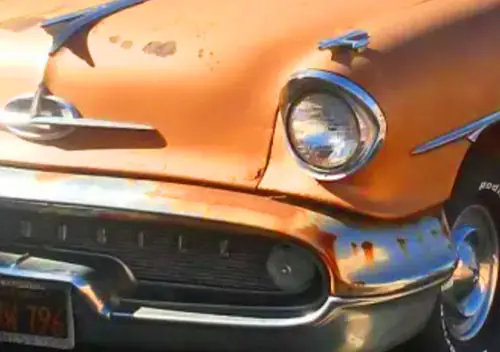
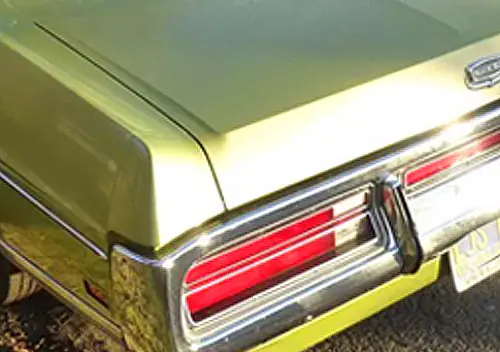


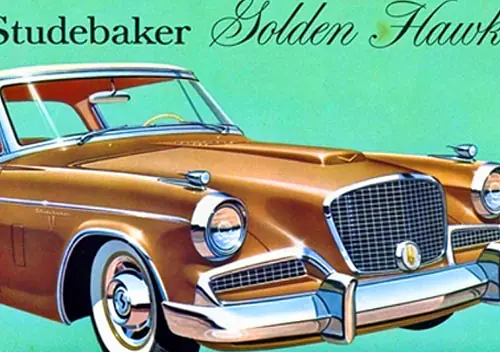
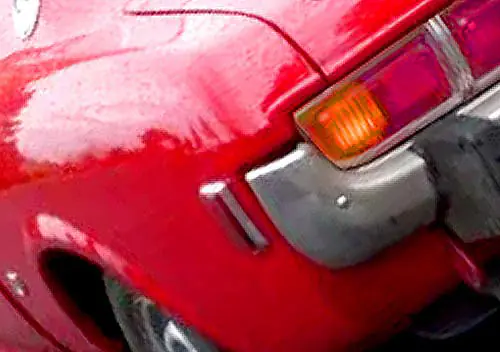

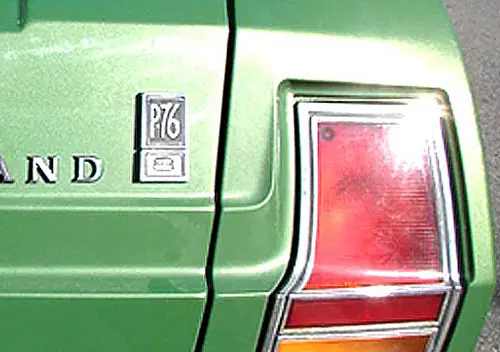
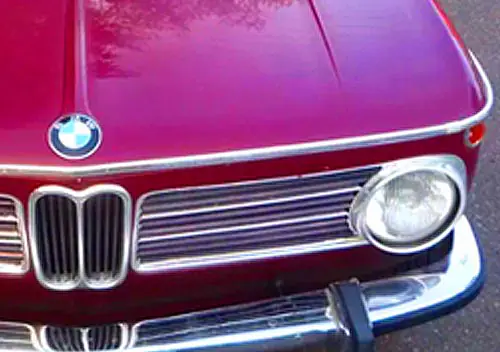
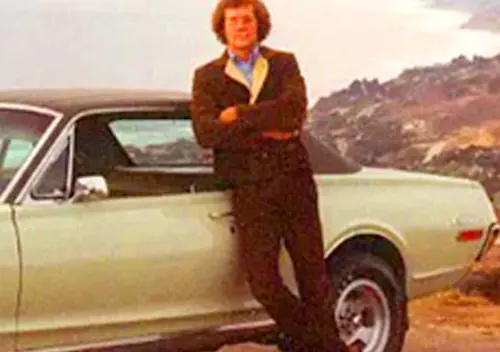

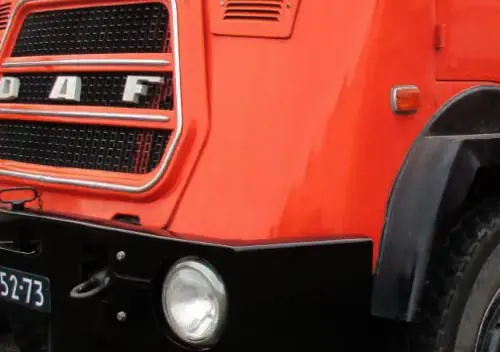
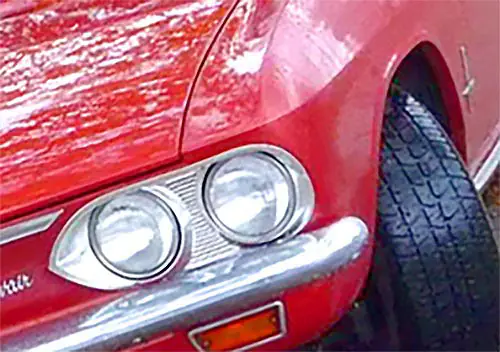
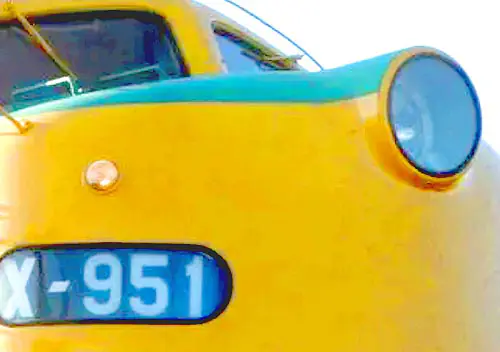
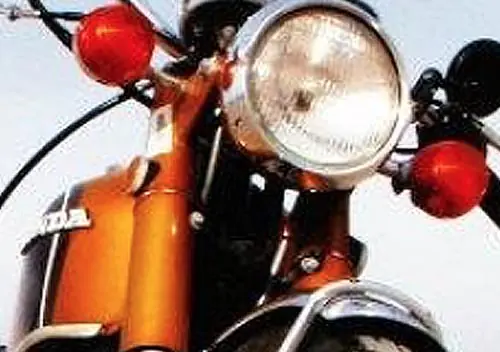
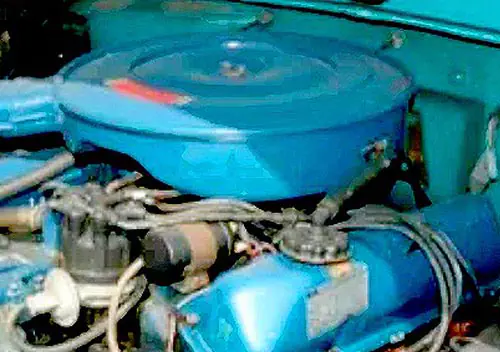
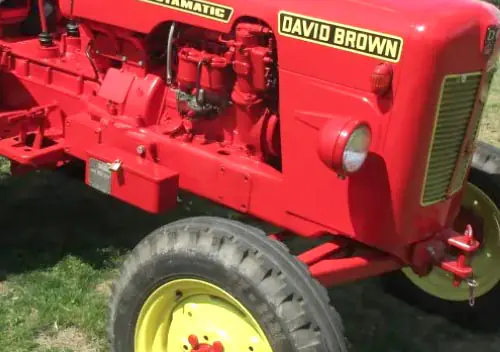


I have often thought if the Edsel had started life with this front end, it would have fared much better.
(I know the recession was another big obstacle.)
Really admire Randall’s diligent work here as well as all of the room in the engine bay after the 292 anchor was pulled. That’s something a guy can get his wrench around.
My idea hot rodding would be to put a recent turbo inline 4 from last gen Camaro and put it under the hood also of a Camaro but of 3rd gen.
Does a chrome badge with “Iron-Duke” on it exist?
Whoever measured a 292 Edsel engine at only 12 miles a gallon got a bad engine.
My father bought my (admittedly 1960, not 1959) Edsel new in November 1959.
He handed it over to me in 1970. I still have and drive it. On original gas, in its original configuration, it got 14-18 mpg.
In the right conditions it can get nearly 20 mpg, but that is rare.
The lack of leaded fuels today, various state-defined octanes and additives, oxygenated, 10% alcohol, vs pure fuel (no lead but no alcohol) plus my addition of transplanted factory air, make it hard to get much of an apples to apples measure of what it is getting today. On today’s kind of lousy fuels it seems to get around 14 highway, not its full 18. But the 292 engine isn’t inherently a 12 mpg guzzler.
Heating the coil springs…. brave and scary….with the benefit of fewer coils the stiffer suspension would be a welcome change… great write up.
‘Cherrying’ coil springs was the cheap and quick way of lowering a car back in the day.
Hats off to Randall for his ingenuity. It’d be fun to take this to an Edsel cluyb meet and watch the faces……
What a nice find !! It’s almost rare to even locate an ” all original ” Edsel this nice ! Theres so many ” rusted out wrecks ” that are only good for parts . I’m sure the new owner will take proper care of this one and hopefully attend some future auto shows . Happy Motoring !
I have to give this guy credit. He thought this up and then built it, and it works! Not many folks bother with 4 door cars at all so I just think his whole effort is quite impressive.
Isn’t there an Edsel Club of America ?
Very interesting engine swap. I still would not do it because here in Germany you would not get a classic tag if the engine is not original.
I’m impressed. I’m assuming the buttons on the steering wheel hub are still there but
non-functional?
oops – I missed seeing the picture of the steering wheel hub that doesn’t have the transmisson buttons. I knew that column shift was available in place of the buttons.
I like this .
As a geezer I know how to maintain the old lumps but this is brilliant .
-Nate
This thing needs a diesel!
First, The motor he used from the Ford Thunderbird in the ’80s , is traditionally called a “Pinto motor” having come from the Ford Pinto. That 2.3L block is a larger version of the 2L block found in the Ford Sierra Cosworth. At best, he’s producing 175 HP if he’s using a computer from a manual transmission car and 145 HP if from an automatic vehicle. Also, that’s a two-valve engine and was never very efficient, so the best you’re going to get is 24. Maybe 26 mi to the gallon if you drive like Grandma. Once you step on it, you’re down to 18 mi to the gallon.
Lastly, please do not call this an EcoBoost engine! The EcoBoost engines are light years ahead in technology and metallurgy from that lump (it’s been noted that the difference in weight from the V8 is only about 90lbs). Unless somebody gave him that engine and transmission, he probably would have been better off getting an EcoBoost and it would have been cheaper, More efficient and more powerful. Kind of missed the boat, but he did get the anchor.
The EcoBoost 2.7 in this would be a hoot.